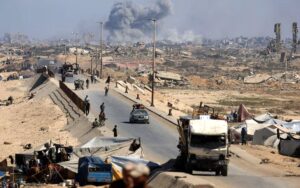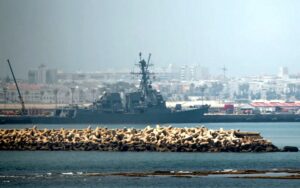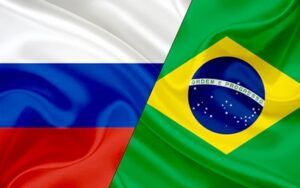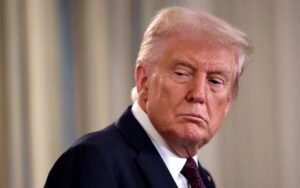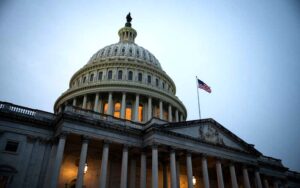Jerusalem Post: How did the Syrian president become a star at the United Nations?

The Israeli, The Jerusalem Post newspaper published an analytical article on the striking appearance of Syria’s interim president, Ahmed al Sharaa, during the UN General Assembly meetings this week, describing him as the “star” of the side meetings in New York.
The article noted that Sharaa’s emergence reflects a major shift in Syria’s position on the international stage, following long years of political isolation.
Under the previous regime, Syria was long considered a pariah state, and no high-level visits by Syrian officials to Washington or New York had been recorded for decades.
The Jerusalem Post added that this landscape has completely changed.
However, according to the article, Syria’s mere transition from a dictatorial regime to a nascent and struggling democracy is not enough for its leaders to garner international attention.
The United Nations isn’t the exclusive domain of democracies, and government changes aren’t uncommon internationally.
So, what distinguishes Sharaa?
The article attributes this to his representing a new style of leadership, especially in the eyes of Arab and other countries outside the region, many of whom seemed interested in meeting with him.
One of his most notable meetings during his visit to New York was with Ukrainian President Volodymyr Zelensky, a meeting considered symbolic given that both Syria and Ukraine have faced direct Russian intervention.
According to the Jerusalem Post newspaper’s analysis, Russia’s military intervention in Syria in 2015 gave President Vladimir Putin a political boost that later encouraged him to expand his influence into Ukraine. Moscow’s success in supporting the Syrian regime prompted it to repeat the experience in the Ukrainian arena, beginning with the annexation of Crimea in 2014 and then the widespread military escalation in 2022.
The article highlights that Ahmed al Sharaa has gained a strong presence in international forums, which reflects a regional and international thirst for a new model of leadership in Syria after years of conflict and foreign intervention.
The article notes that the Syrian civil war, which spanned from 2011 to 2023, caused instability throughout the Middle East, with several countries losing control over parts of their territories due to foreign interventions and the rise of extremist groups.
This weakened the Arab position in general and made Syria a flashpoint for multilateral conflicts.
The article concludes that Sharaa’s visit to the United States, coinciding with the ongoing transformations in a number of Arab countries, may signal the beginning of a new phase in regional relations.
Hence, Sharaa has gained political momentum and significant popularity in New York, amid anticipation of the changes the next phase may bring to the Syrian and Arab landscape.

